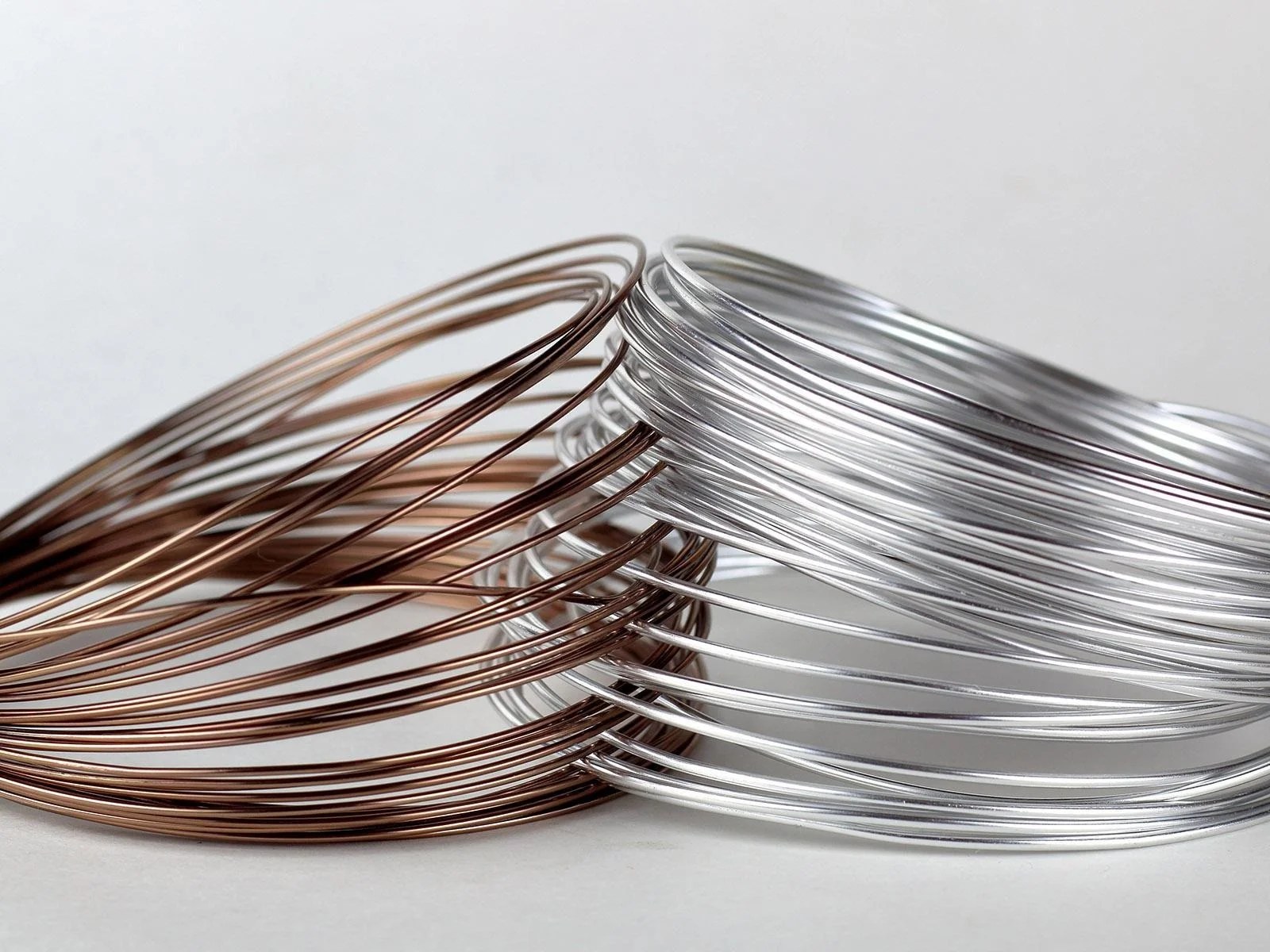India–US Trade Tensions Rise Over Steel and Auto Tariffs NMDC Limited reports a 38% drop in Q4 FY24 consolidated net profit RINL to Raise $23 Million Through Land Sales Amid Crisis

Copper and aluminium, the most often used industrial metals, have increased significantly in recent weeks. Supply concerns and a considerable increase in global demand fueled the surge. The Western ban on Russian metals, anticipation for US rate cuts, and diversification of central bank holdings helped boost confidence.
Copper futures on futures platforms such as LME and MCX are trading at two-year highs, while on the major Chinese exchanges, they are close to lifetime highs. With a 20% increase since the beginning of the year, aluminium prices are at record highs in Indian markets.
An increase in demand for industrial metals has been ascribed to a rebound of manufacturing activity in the world's leading economies, such as the United States and China. The US manufacturing activity witnessed its first expansion in March after a 16-month contraction. Manufacturing numbers in the country surprisingly jumped to 50.3, against the expectation of 48.4 in the latest month.
China’s manufacturing PMI data also showed a positive trend. The PMI numbers in the country rose to 51.1 in March, which was the fifth straight month of growth in the country. A turnaround in manufacturing activity in the world’s leading commodity consumers indicates a revival in demand for industrial commodities, especially copper and aluminium, the most widely used base metals worldwide.
In addition, there are concerns over supply bottlenecks. The US and UK recently implemented new sanctions on Russian metals, including copper, aluminium, and nickel. These sanctions aimed to curb Russia’s revenue from metal exports supporting its military operations in Ukraine.
After the new sanctions on Russian metals, the London Metal Exchange and the Chicago Mercantile Exchange announced that they would no longer trade new aluminium, copper, and nickel produced by Russia. This created concerns over supply, adding additional pressure to global commodity markets.
However, global production of copper and aluminium has seen steady growth in the past many years.
In March, output from China, the leading commodity player, also increased significantly. The resumption of production after the Chinese New Year holidays and smelters returning to normal operations contributed to this uptick.
The escalating hostilities in the Middle East could also stoke volatility in metal prices. The recent Israeli attack on Iranian soil heightened concerns over critical maritime routes in West Asia, contributing to an increase in prices of industrial commodities.
Hopes of a US interest rate cut are another reason for higher commodity prices. Reduced rates can stimulate borrowing and spending by both consumers and businesses, which may boost industrial growth and, thus, prices.
Asset diversification of various central banks assists commodity prices as well. In the past couple of years, central banks across the globe increased their diversification of assets to commodities, resulting in a spike in demand.
Looking ahead, as prices are hovering near multi-year highs, there are chances of a technical correction, but such moves are unlikely to set into major liquidation. Since the supply-demand dynamics support prices, the ongoing positive sentiment will remain intact for the short run. However, any signs of supplies exceeding demand would call for major liquidation pressure later.
Also Read : Indian govt initiates anti-dumping probe into import of aluminium foil from China New Western sanctions won't harm Russian aluminium supply: Rusal